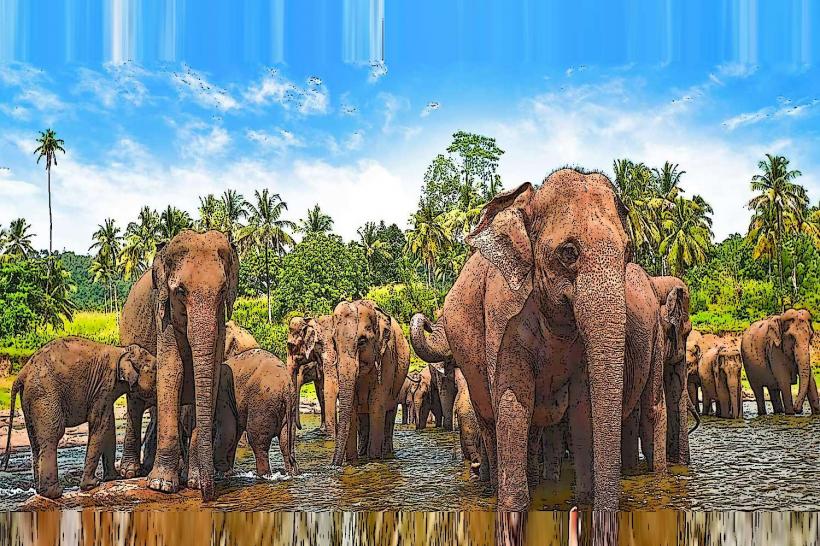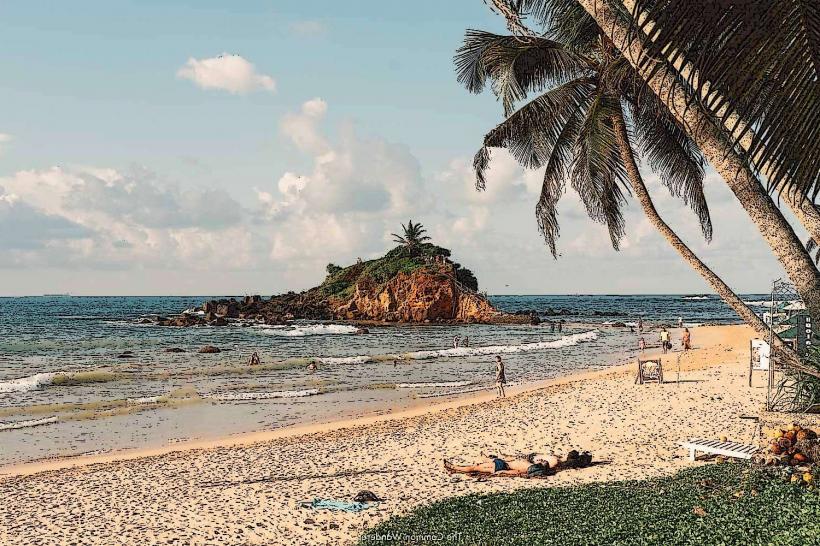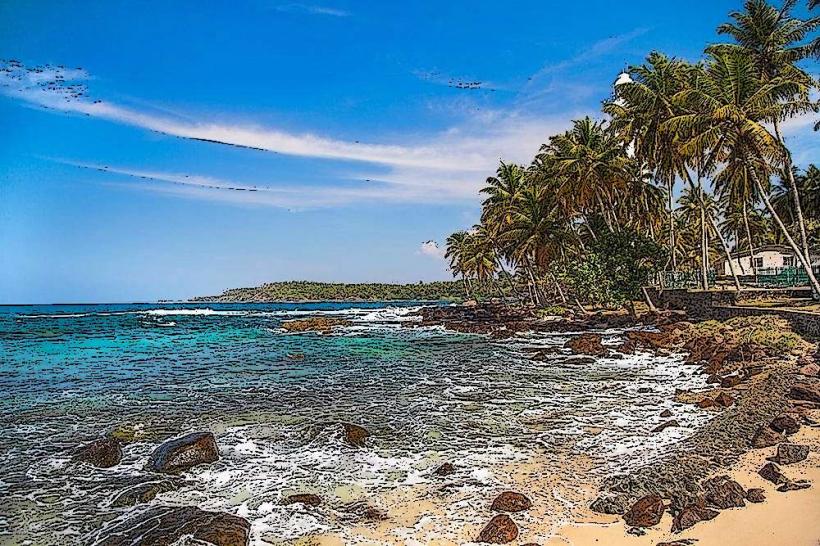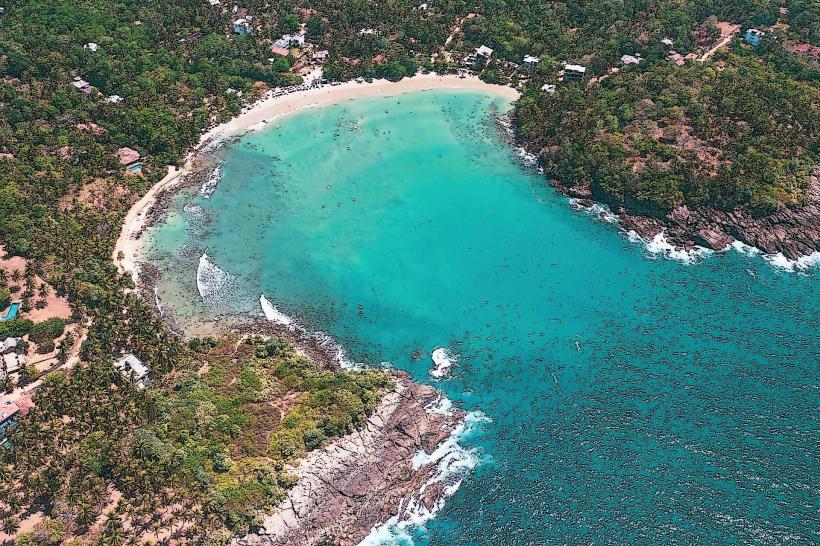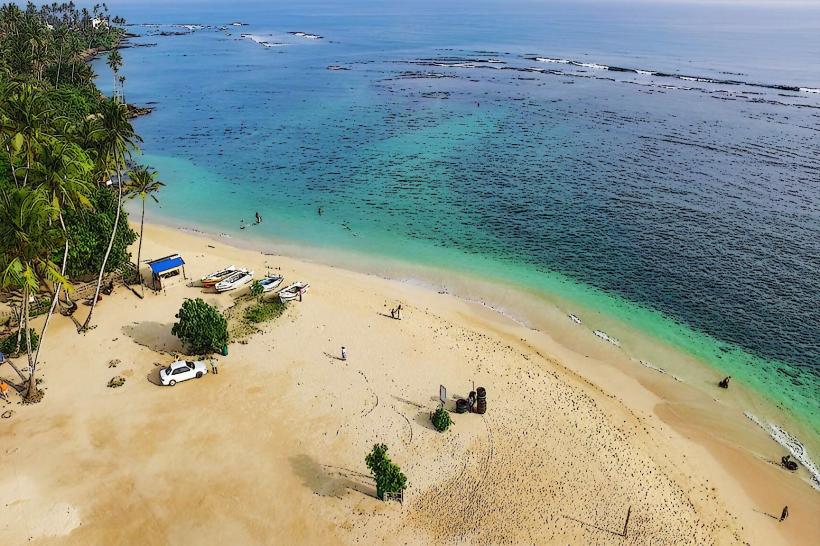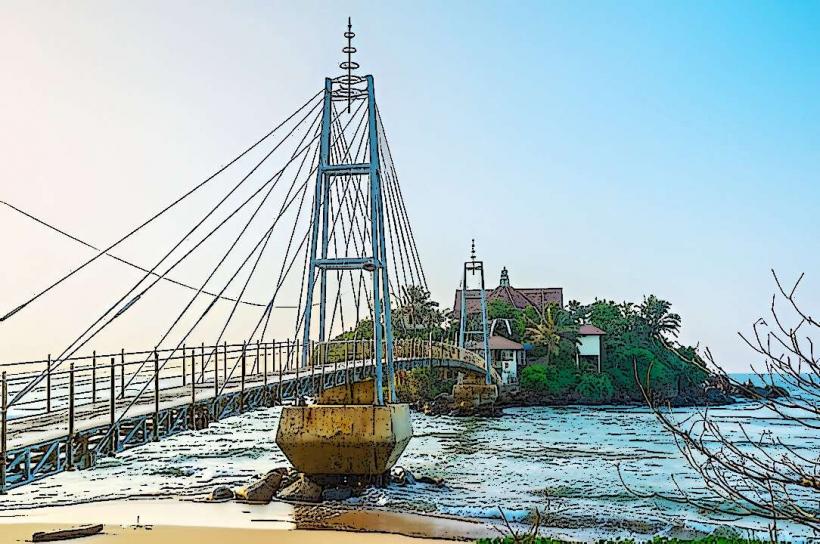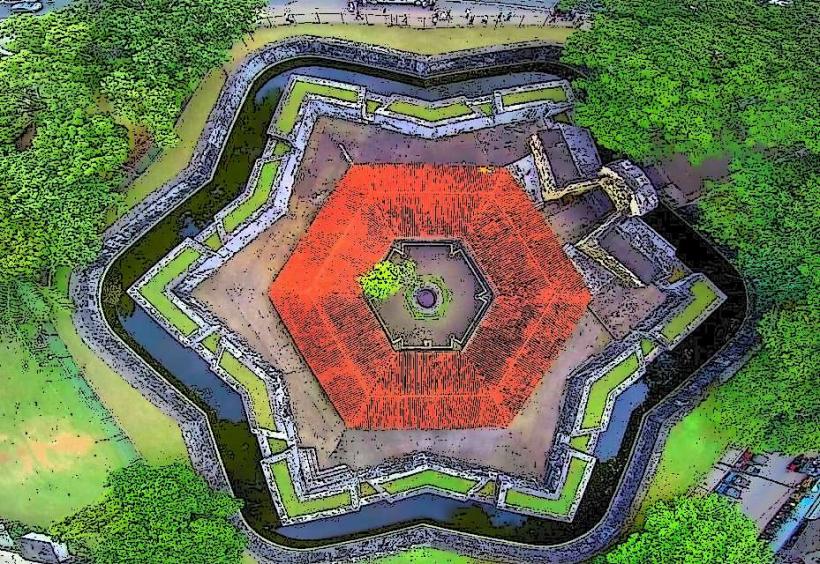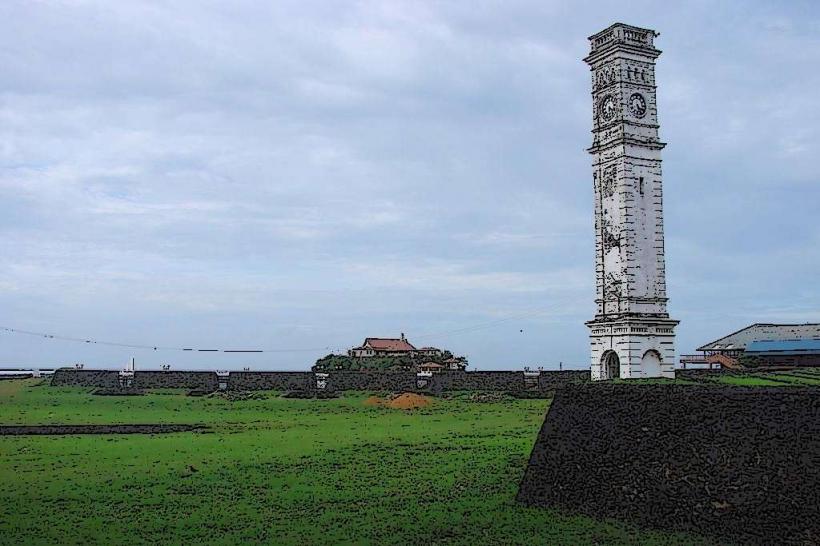Information
City: MataraCountry: Sri Lanka
Continent: Asia
Matara: Gateway to the Deep South of Sri Lanka
Matara, located on the southern coast of Sri Lanka, is a city rich in history, culture, and natural beauty. It serves as a prominent commercial hub in the south and is known for its pristine beaches, colonial architecture, religious landmarks, and laid-back coastal atmosphere.
Geography and Climate
- Location: About 160 km south of Colombo, Matara is situated along the southern coastline of Sri Lanka.
- Climate:
- Tropical climate with warm temperatures averaging between 25°C and 32°C (77°F to 90°F) year-round.
- The area experiences two monsoon seasons: the southwest monsoon (May to September) and the northeast monsoon (October to January).
- Best Time to Visit: December to March for clear skies and calm seas.
History
- Ancient Period: Matara was part of the ancient Kingdom of Ruhuna and was a thriving center for trade and culture.
- Colonial Era: The Portuguese, Dutch, and British all left their mark on the city, evident in its forts, churches, and other architectural structures.
- Modern Era: Today, Matara is a blend of its historic past and modern urban development, making it a vibrant and culturally significant city.
Key Attractions
1. Matara Fort
- Built by the Portuguese in 1560 and later expanded by the Dutch in 1640.
- The fort includes colonial-era buildings, a courthouse, and remnants of Dutch architecture.
- Offers panoramic views of the coastline and is a great place for a leisurely walk.
2. Parey Dewa (Paravi Dupatha Temple)
- A small Buddhist temple located on Pigeon Island, connected to the mainland by a picturesque footbridge.
- Known for its serene ambiance and stunning ocean views.
- Ideal for meditation and photography.
3. Star Fort
- A unique star-shaped fort built by the Dutch in 1765 as a defensive structure against inland attacks.
- Now serves as a museum showcasing Matara's colonial history and artifacts.
4. Polhena Beach
- A tranquil and shallow beach famous for its calm waters, making it perfect for swimming and snorkeling.
- Known for its coral reefs and occasional sightings of sea turtles.
- Popular among locals and tourists alike for its serene environment.
5. Devinuwara (Dondra Head) Lighthouse
- The tallest lighthouse in Sri Lanka, located at Dondra Head, the southernmost point of the island.
- Visitors can climb to the top for breathtaking views of the Indian Ocean.
- The surrounding area includes beaches and a small fishing village.
6. Weherahena Temple
- A modern Buddhist temple featuring a massive seated Buddha statue and a unique underground tunnel adorned with colorful murals depicting Jataka tales.
- A significant religious site and a popular pilgrimage destination.
7. Dondra Vishnu Temple
- A historic Hindu temple dedicated to Lord Vishnu, located near Dondra Head.
- Attracts both Hindu devotees and tourists interested in Sri Lanka’s multi-religious heritage.
- Hosts an annual Esala Perahera festival with vibrant processions and cultural performances.
8. Nilwala River
- The river flows through Matara, offering scenic boat rides and opportunities for birdwatching.
- A popular spot for eco-tourism and leisurely cruises.
9. Kudawella Blowhole (Hummanaya)
- Located about 25 km from Matara, this natural blowhole shoots water high into the air, especially during the monsoon season.
- A unique geological attraction and a must-visit for nature enthusiasts.
10. Madiha Beach
- A quieter alternative to Polhena Beach, popular among surfers for its consistent waves.
- Surrounded by small guesthouses and cafes, offering a laid-back vibe.
Activities
- Beach Relaxation: Enjoy the calm waters of Polhena Beach and the surf-friendly waves of Madiha Beach.
- Wildlife Spotting: Snorkel or dive to observe coral reefs, colorful fish, and sea turtles.
- Heritage Exploration: Visit colonial-era forts, temples, and museums to learn about Matara's rich history.
- River Cruises: Take a boat ride along the Nilwala River for a peaceful escape into nature.
- Surfing: Madiha and nearby beaches offer excellent surfing opportunities for all skill levels.
Transportation
- Getting There:
- By Road: The Southern Expressway (E01) connects Colombo to Matara, making it a quick 2.5-3 hour drive.
- By Train: The coastal railway line offers scenic train rides from Colombo to Matara, passing through picturesque coastal towns.
- By Bus: Regular buses run from Colombo and other major cities to Matara.
- Getting Around:
- Tuk-tuks and private vehicles are the most common modes of transport within the city.
- Bicycles and motorbikes are available for rent for exploring the area.
Cuisine
- Seafood Specialties: Fresh seafood like fish curry, prawns, and crabs are staples in Matara.
- Local Dishes: Sri Lankan favorites such as coconut roti, hoppers, and rice and curry are widely available.
- Street Food: Try local snacks like samosas, vadai, and fresh tropical fruit from street vendors.
- International Options: Cafes and restaurants near the beach cater to international tastes, offering burgers, pizzas, and vegetarian dishes.
Accommodation
Matara offers a variety of accommodations to suit different budgets:
- Budget: Guesthouses and hostels near Polhena and Madiha Beach.
- Mid-Range: Comfortable boutique hotels and beachside resorts.
- Luxury: Upscale beachfront villas and resorts with premium amenities.
Nearby Attractions
- Mirissa (15 km from Matara): Famous for whale watching, stunning beaches, and vibrant nightlife.
- Weligama (10 km from Matara): A surfing hotspot with a laid-back beach vibe.
- Tangalle (40 km from Matara): A tranquil beach town with luxury resorts and natural attractions like the Rekawa Turtle Sanctuary.
Festivals
- Dondra Perahera: A grand annual procession at the Dondra Vishnu Temple featuring traditional dances, drummers, and decorated elephants.
- Buddhist Festivals: Matara celebrates Vesak and Poson with colorful lanterns and religious ceremonies.
Interesting Facts
- Dondra Head Lighthouse: Marks the southernmost tip of Sri Lanka and guides ships along busy maritime routes.
- Cultural Fusion: Matara reflects a blend of Sinhalese, Tamil, and colonial influences in its architecture and traditions.
- Historic Trade Hub: Matara’s location on ancient trade routes made it a significant port city in the past.
Challenges
- Urban Expansion: Rapid urbanization may pose challenges to preserving Matara’s natural and cultural heritage.
- Seasonal Weather: Monsoons can affect outdoor activities, especially beach visits and whale watching.
Conclusion
Matara is a charming coastal city that offers a mix of relaxation, adventure, and cultural exploration. From its serene beaches and historic forts to its vibrant temples and wildlife experiences, the city has something for everyone.

